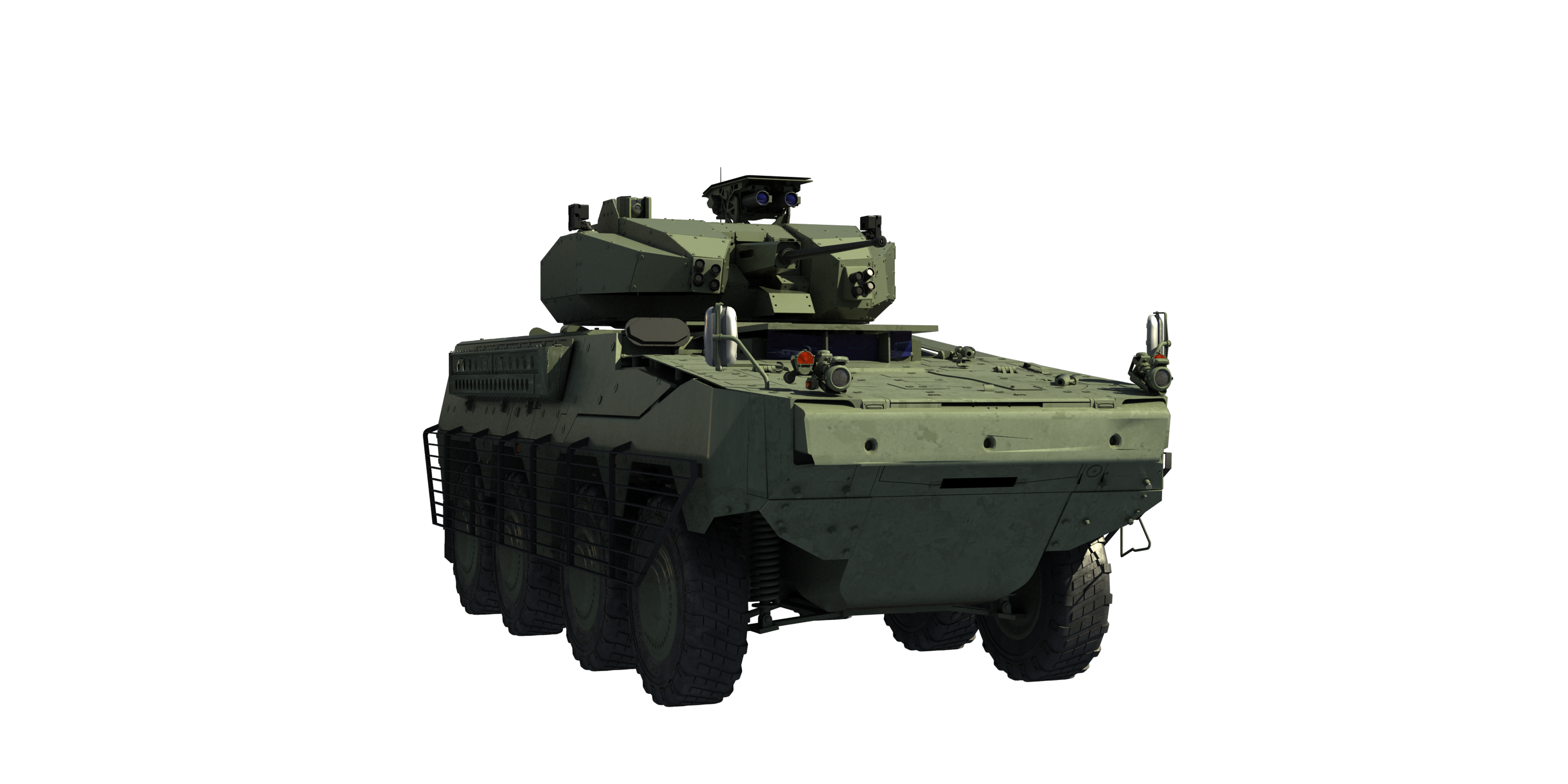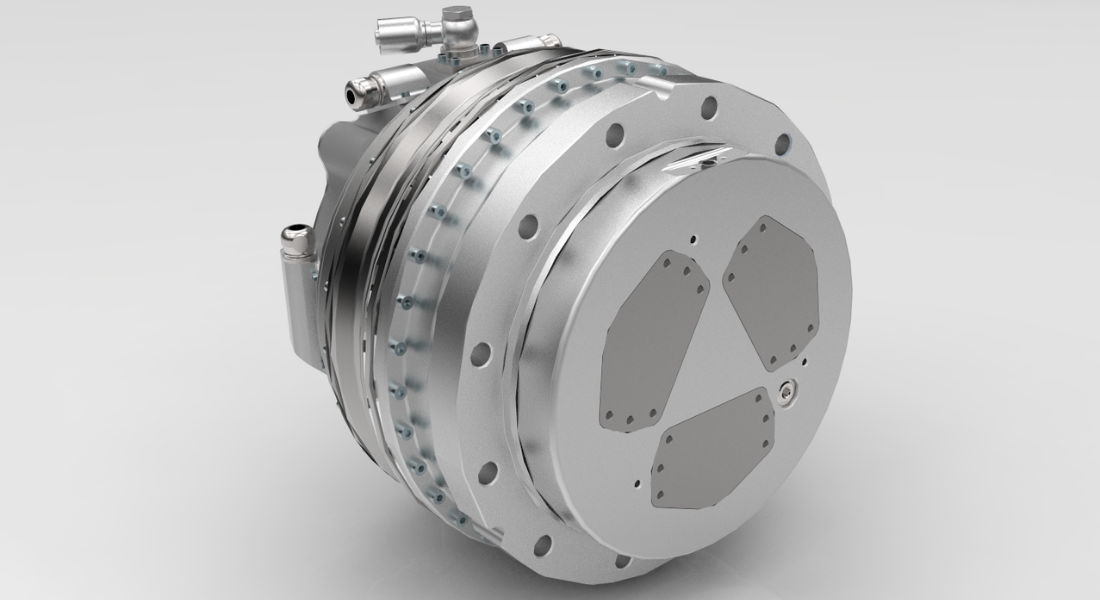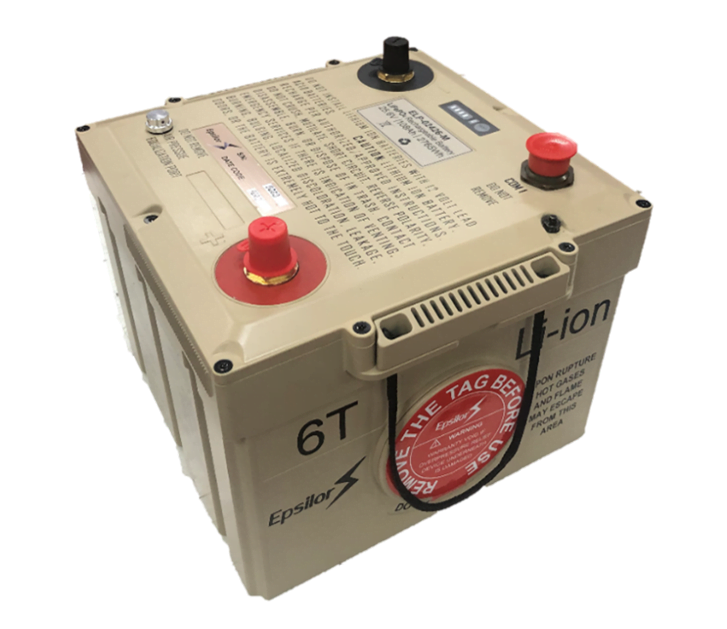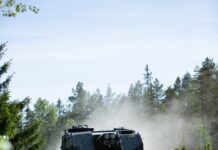The battlefield has become increasingly complex, hybrid and power hungry, and armoured fighting vehicles (AFVs) have followed suit. Their growing wealth of new sensors and advanced weapon systems are placing higher operational demands for reliable, readily-available electrical energy supplies on those vehicle platforms than ever.
Available power must be delivered to the right system at the right time to give commanders confidence that a mission can be completed without those supplies letting them down. This article looks at some of the latest thinking and developments in electrical power and power storage for combat vehicles.
Power from Power
Power resource on AFVs is already under enormous pressure with demands for electrical power from the likes of command and control (C2) systems, sensors and the data connections that support them, that is now reaching the limits of what a conventional vehicle platform and power plant can generate and supply. Yet as more and more sensors and tech advances are added to a platform, and we look to a future when the likes of directed energy weapons are commonplace, armoured vehicles will need a reliable mix of continuous and pulsed power supplies to ensure their battlefield competence. To solve this power supply challenge, hybrid electric power/drive systems have been researched for at least a couple of decades as the likely best way to meet these demands, not just for the vehicle’s own propulsion, but also to deliver a continuous auxiliary power supply for all the new mission systems and weapons.

In addition, next-generation armoured vehicles also need power sources that will enable longer mission endurance, with a reduced carbon footprint, but without compromising space, weight or safety. This is where electric drive systems on land could deliver significant operational advantages.
For example, as new larger vehicles such as wheeled or tracked self-propelled (SP) artillery are developed with more complex missions and new tactics, their power needs will have to reflect both traditional operational performance as well as meet new requirements. As has been seen in Ukraine, for any vehicle to stay in position for too long lessens it chances of survival. SP artillery tactics are some that have changed considerably, with shoot-and-scoot pressures that will demand any drive system be able to provide high peak power on a potentially regular basis for such systems to deliver their mission, with burst of energy required to accelerate the guns away from a gun position immediately after a fire mission has been completed.
Reassuringly, the development of various electric drive systems for armoured vehicle platforms is underway across the defence industry and various research establishments; their implementation would enable the creation of new design options enabling improved mobility, durability and adaptability on the battlefield, although any success also relies on novel energy storage solutions being developed, such as the possibility of structural and conformable batteries, which potentially offer the chance of bespoke power storage for almost any armoured vehicle, no matter shape and size and real estate available for that power storage; if innovative batteries and supercapacitors can be produced in a flexible form factor, it’s possible that these could be incorporated into elements of a core vehicle design, or its internal ‘furnishings’, perhaps as a structural element, thereby saving internal space and enabling advantageous weight-distribution options.
Electrical Drive Progress and Moves
At Qinetiq, the company’s engineers and scientists have been working on the challenges described above for some years and have made headway for both wheeled and tracked armoured vehicle propulsion and power requirements. The company considers electric drive systems to offer excellent automotive performance in the first instance, and while different types of hybrid technologies exist, it is a ‘series-hybrid architecture’ the company believes is the best for military applications, as shown in both modelling and “real-world testing in military electric drive programmes”.
The company’s in-wheel, electric Hub Drive technology work, for instance, combines electric propulsion with mechanical and regenerative braking in a compact package, to overcome past challenges where efficiency and size have been the weaknesses of previous attempts at electric propulsion for wheeled military vehicles. The company actually entered into a strategic partnership with Texelis in 2021 to deliver in-wheel electric Hub Drive technology to the military armoured vehicle market, in which Texelis took on responsibility to manufacture Hub Drive technology at scale to meet market demands, while QinetiQ has contributed core electrification technology and expertise to the team. The aim was to deliver a Hub Drive transmission where “electrical machines are small-sized for the high-speed propulsion, with all the advantages in terms of acceleration and agility, with the high torque demands for hill climb and obstacle crossing handled by the range-changing gearbox”. Jean Vandel, MD for Defence, Texelis, said at the time that it was an important area of development for the military vehicle market worldwide, with the electric Hub Drive enabling enhanced power, system efficiency, the ability to operate silently using the battery as a source of power. This would enable vehicle power architecture to be completely rethought, discarding conventional axle and driveshaft design constraints. CTO at QinetiQ, Mike Sewart, added that the company’s electric drive capability has been in research and development for “many years”. In Q1 2022, after less than a year of the partnership, the two companies announced that they had actually delivered the first in-wheel Electric Hub Drive and suspension prototype for installation on an 8×8 armoured vehicle for test and evaluation.

For tracked vehicle electrical propulsion, Qinetiq have developed the E-X-Drive, which according to the company, is a lighter, more compact and efficient solution, compared to conventional mechanical transmission systems. It combines electrical and mechanical components in a configuration that incorporates mechanical regenerative transfer of steering power, range-shift mechanisms, and permanent magnet motor technology, all as part of an electric propulsion system that offers the opportunity for manufacturers to develop increasingly innovative tracked vehicle configurations, with such key performance and electrical power advantages as energy storage that allows load-levelling, regenerative braking, and silent watch capabilities.
Storing Power on Board
Whether an electric propulsion system or not, on the subject of stored power on board future armoured vehicles, Ori Kost, Large Format Battery Programme Manager at Epsilor, considers that modern AFVs not only need to meet the higher power and energy requirements of the vehicle itself, but also need the capability to support the energy needs of local, dismounted infantry troops who carry a wide variety of electronic systems, all of which require charging. He says that with the likes of “multi-weapon turrets, situational awareness and driving support, active protection”, and other systems, which consume substantial amounts of energy, the latest armoured vehicles must have more efficient and powerful energy sources for both the vehicle and its crew, as well as nearby units.
As to latest armoured vehicles, Kost believes that today’s armoured vehicles ‘need to be much smaller and lighter’ in some cases. And smaller and lighter means smaller internal combustion engines requiring more frequent fuelling than larger vehicles. That said, Kost stresses that despite their smaller size the engines will be required to supply energy to a growing number of systems and dismounted units. They will also likely be equipped with active protection systems (APSs), which, unlike passive armour, will, he reminds us, consume energy.
Li-ion on the Rise
Kost says that most armoured vehicles on the battlefield today still rely on the old NATO-standard 6T lead-acid 1 kWh batteries, though these are beginning to be replaced in many forces with Lithium ion (Li-ion) batteries, which have up to four times higher energy density and better performance characteristics in extreme conditions. This step to Li-ion alone is important, for now, as the AFVs even on today’s battlefield require substantially more energy than lead-acid batteries can provide and there simply is not the vehicular real estate available to realistically add more lead-acid units. As mentioned above in relation to electric drives, silent watch must be enabled by the electrical power systems on board, and vehicles must not have to turn on their engines for several hours to recharge batteries, as is the case with the older battery types. A Li-ion onboard battery, however, with its much higher energy density than the incumbent lead-acid, will, according to Epsilor’s Kost, substantially extend the duration of a silent watch operation. He says that new Li-ion rechargeable technology, standardised for armoured and military vehicles, is now mature enough to transition from the early adopter phase to the growth phase, adding that demand for such technology is growing, partly as a result of several armoured vehicle acquisition programmes with a premium-energy requirement. In addition, Li-ion’s superior energy density by a factor of 2 to 4 over lead-acid, and being maintenance-free with a typical a 10-year lifespan, means that the expense of field logistics will be significantly reduced compared to current vehicle batteries.

Silent watch is a crucial, frequent aspect of soldiering often involving long periods of waiting, anticipating, during which absolute quiet must be observed. Many militaries have adopted diesel auxiliary power units (APUs) to extend their silent watch capabilities, but, according to Ori Kost, these will soon be replaced by Li-Ion-based central energy banks, which will be able to provide the required energy for all on-board electronic systems. He says the new energy banks will replace the “noisy generators, which provide limited power and will enable missions to be executed in full silence for a full night”.
Tim Guest









